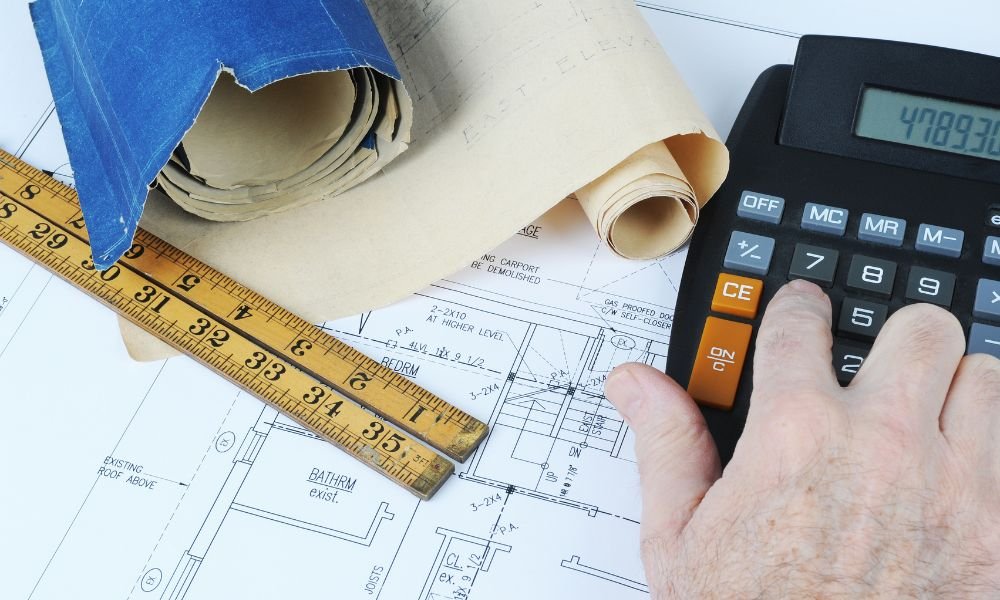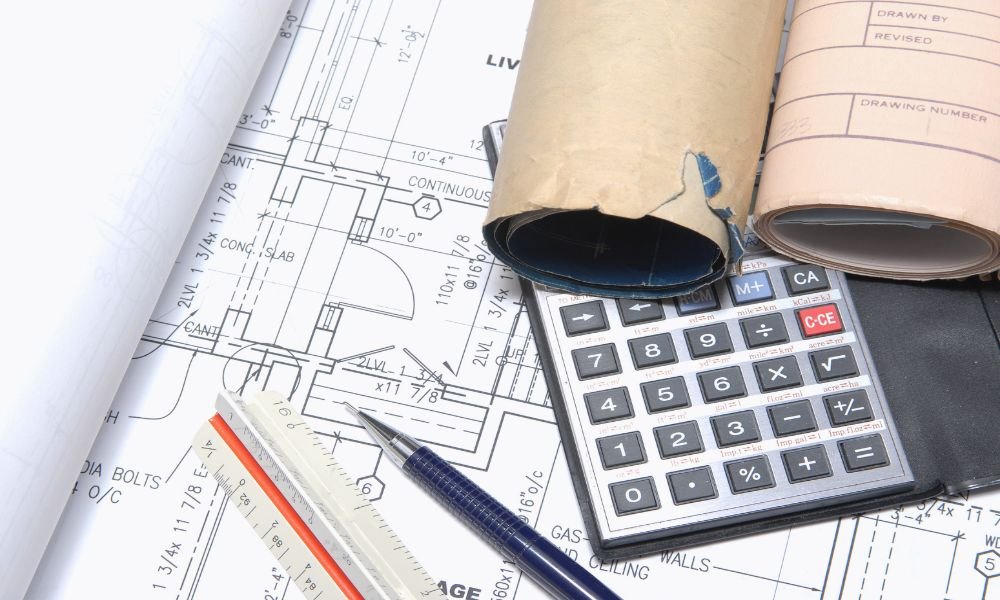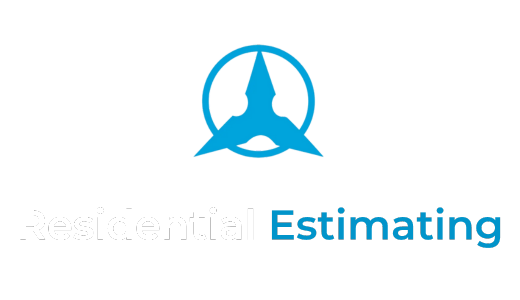Effective cost estimation is key to a successful construction project. Whether you’re working on a residential build or a commercial project, using the right estimating methods can help you cut costs, avoid budget overruns, and maintain efficiency. In this guide, we’ll cover the top construction cost estimating methods that you can master to slash your construction costs while ensuring your project stays on track.
Effective cost estimation is key to a successful construction project. Whether you’re working on a residential build or a commercial project, using the right estimating methods can help you cut costs, avoid budget overruns, and maintain efficiency. In this guide, we’ll cover the top construction cost estimating methods that you can master to slash your construction costs while ensuring your project stays on track.
1. Unit Cost Estimating Method
The Unit Cost Estimating Method is one of the most straightforward and commonly used techniques in construction cost estimation. This method involves breaking down the project into individual units—such as square meters, labor hours, or material quantities—and assigning a cost to each unit. By multiplying the unit cost by the number of required units, you can quickly calculate the overall cost for different parts of the project.
How it Works:
- The estimator identifies key components of the project (e.g., drywall, concrete, flooring).
- Each component is assigned a unit cost based on current market rates.
- These unit costs are multiplied by the required quantity, and the total costs are summed up to provide a project estimate.
Advantages:
Simplicity: This method is easy to understand and implement, especially for smaller projects.
Accuracy: It allows for accurate cost allocation for materials and labor when detailed data is available.
How to Slash Costs:
Negotiate Bulk Material Discounts: By breaking down costs by units, you can easily identify opportunities to purchase materials in bulk for cost savings.
Optimize Resource Allocation: Use this method to pinpoint where labor and materials are being overused, allowing you to make adjustments to stay within budget.
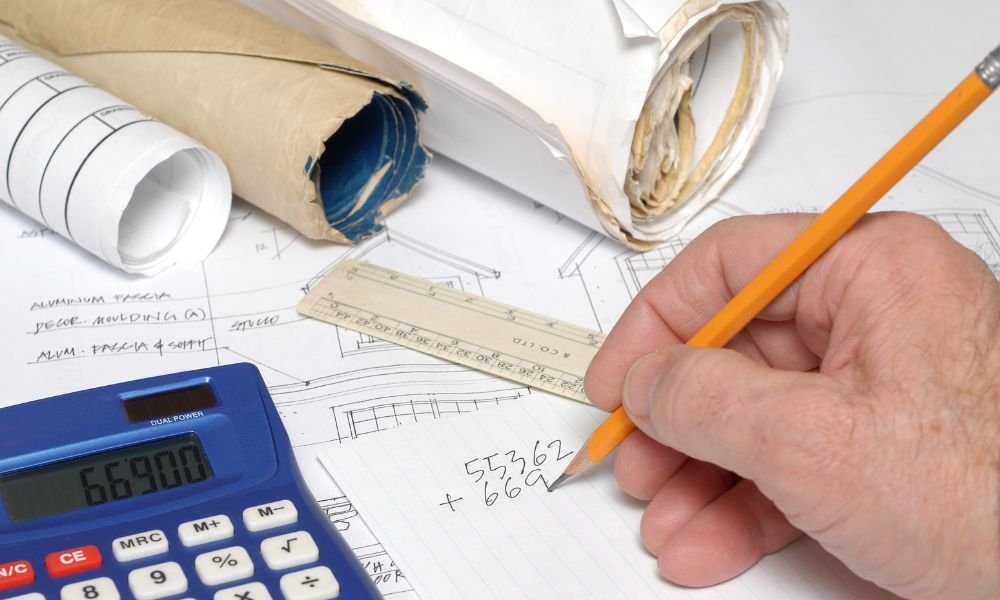
2. Square Meter Estimating Method
The Square Meter Estimating Method is widely used for residential and commercial projects. This approach involves calculating the cost of construction based on the size of the building. The estimator calculates the overall square meterage of the structure and multiplies this by a predetermined cost per square meter.
How it Works:
- The size of the project (in square meters) is calculated based on architectural drawings.
- The cost per square meter is determined, which includes both material and labor costs for building each square meter of the project.
- The total project cost is calculated by multiplying the square meterage by the cost per square meter.
Advantages:
Efficiency: This method is quick and simple to apply, especially in the early planning stages of a project.
Useful for Preliminary Estimates: It provides a good rough estimate for budgeting purposes before a detailed breakdown is available.
How to Slash Costs:
Compare Local Cost Data: Since the cost per square meter can vary greatly depending on location and market conditions, make sure to use the most accurate and up-to-date data to avoid overestimating.
Optimize Design: Simplify the design to reduce the overall square meterage, thus lowering the total cost without compromising the quality or functionality of the structure.
3. Assembly Cost Estimating Method
The Assembly Cost Estimating Method is a more detailed approach that groups together different elements of a building project into assemblies. For example, rather than estimating the cost of individual components like beams and nails, this method focuses on assemblies such as the roof system, wall framing, or foundation.
How it Works:
- The estimator identifies different assemblies within the project (e.g., foundation, walls, roof).
- Each assembly is assigned a cost based on labor and material requirements.
- The cost of each assembly is combined to generate a total project estimate.
Advantages:
Detailed Accuracy: By focusing on assemblies rather than individual components, this method provides a more accurate and comprehensive estimate.
Improved Project Tracking: It allows for easier tracking of specific parts of the construction process, making it easier to adjust costs and resource allocation mid-project.
How to Slash Costs:
Optimize Assemblies: Look for areas where you can simplify assemblies or use less expensive materials without sacrificing structural integrity.
Streamline Workflows: This method can help identify where labor and materials overlap, allowing you to eliminate unnecessary costs by improving coordination between teams.
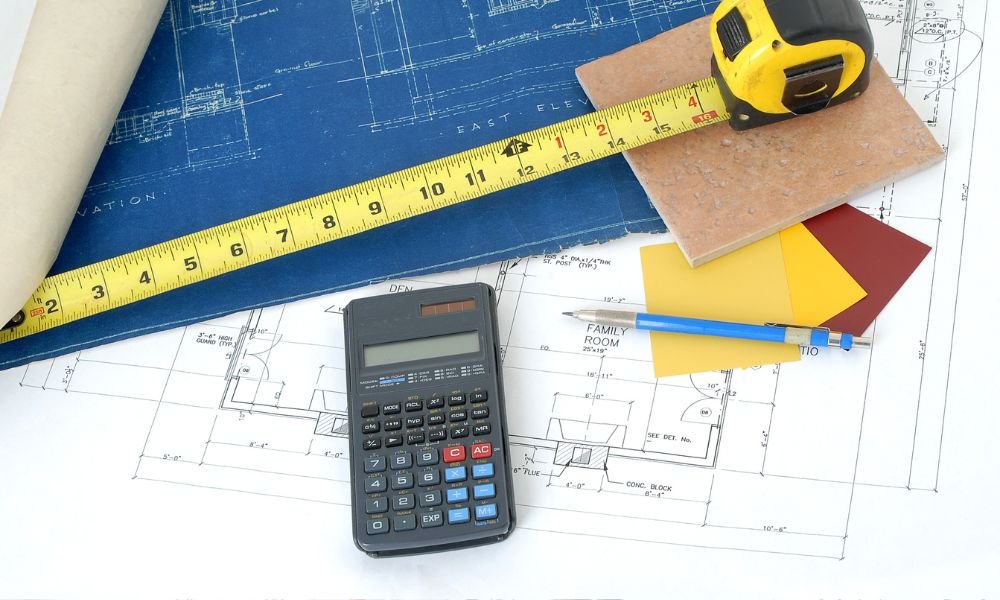
4. Parametric Estimating Method
The Parametric Estimating Method uses statistical data and historical information to estimate costs. This method is based on formulas that link project characteristics (e.g., size, complexity, location) to cost estimates. Parametric estimating is especially useful for large or complex projects where detailed unit costing may not be feasible early in the project planning.
How it Works:
- The estimator uses historical data and industry benchmarks to create formulas that estimate costs based on specific project characteristics.
- These formulas are applied to the project, adjusting for factors like location, complexity, and project duration.
Advantages:
Scalable: This method is excellent for estimating costs for larger projects where detailed breakdowns may not be available early on.
Time-Saving: Parametric estimating is faster than more detailed methods, making it ideal for preliminary budgeting.
How to Slash Costs:
Refine the Formula: By continuously updating the formulas with current data, you can improve the accuracy of your estimates and avoid over-budgeting.
Identify Cost Drivers: Parametric formulas can highlight the main cost drivers in your project, allowing you to target these areas for potential savings.
5. Detailed or Quantity Takeoff Estimating Method
The Detailed or Quantity Takeoff Method is one of the most precise estimating techniques, focusing on a granular analysis of materials and labor. This method involves breaking down the project into every single component and estimating the quantity and cost of each.
How it Works:
- The estimator examines architectural plans and specifications to generate a list of all required materials and labor.
- Each item is assigned a cost, and the total estimate is calculated by adding the costs of all materials and labor hours.
Advantages:
Extremely Detailed: This method provides the most detailed estimate, allowing for accurate budgeting and cost tracking.
Best for Final Stages: Ideal for later project stages when exact specifications are available.
How to Slash Costs:
Negotiate Supplier Deals: The granular nature of this method allows you to pinpoint opportunities for cost savings, such as negotiating bulk purchase discounts.
Improve Resource Efficiency: Detailed tracking of labor and material usage can reveal inefficiencies in the workflow, allowing you to make adjustments to reduce waste.
Choose the Right Method to Slash Your Construction Costs
Mastering construction estimating is essential for keeping your project on budget. Whether you’re using the Unit Cost Method for small projects or the Parametric Method for large-scale builds, choosing the right approach will help you cut unnecessary costs and maximize efficiency.
By employing these estimating methods strategically, you can significantly reduce your overall construction expenses while ensuring high-quality project delivery.
At Residential Estimating, we offer expert cost estimating services to ensure your projects stay within budget. Contact us today to learn how our professional estimators can help you save time and money on your next build!

